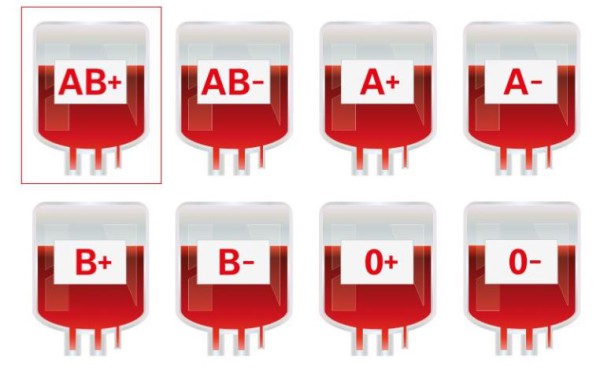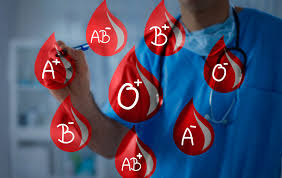
ANEMIA - CAUSES, SYMPTOMS, AND TREATMENT
Anemia is one of the most common health issues related to disorders of the physiological functions of the blood.
It is estimated to affect nearly a third of the world's population, with children, women, and individuals with chronic diseases being at a higher risk.
Anemia occurs when there is a significant drop in red blood cells (erythrocytes) and/or their main building block, hemoglobin, in the blood. Hemoglobin binds to oxygen and transports it through the bloodstream to tissues and organs, ensuring they function normally.
Therefore, if the levels of red blood cells or hemoglobin fall below normal values, tissues and organs are not adequately nourished, leading to various symptoms.
Iron deficiency is the most common cause of anemia, and it mainly occurs due to blood loss, which can be either acute or chronic. Blood loss causes water to be drawn into the bloodstream to keep the veins full, which, in turn, dilutes the blood and leads to further complications.
Acute blood loss refers to sudden, massive bleeding, which can occur due to:
- Traumatic injuries
Surgical complications - Complications during childbirth

Chronic blood loss refers to blood loss that occurs over an extended period and is often associated with chronic diseases such as cancer or tumors (carcinoma). tumor– (carcinom)
For the production of all blood cells, especially red blood cells, certain vitamins are essential, particularly vitamins B12 and B9 (folic acid), as well as vitamin C. A deficiency in these vitamins can reduce the production of erythrocytes and lead to anemia.
Certain diseases can disrupt the function of red blood cell production, further contributing to anemia. These diseases often involve inflammatory processes and chronic conditions, such as:
- Chemotherapy and radiation therapy
- Acute and chronic infections
- Cancer
- HIV/AIDS
- Kidney disease
- Rheumatoid arthritis
- Internal bleeding

Symptoms of Anemia
The symptoms of anemia may vary depending on the type. If the anemia is caused by a chronic disease, its symptoms may even mask the signs of anemia. In some cases, depending on the underlying cause, symptoms may not be immediately noticeable.
However, most forms of anemia present the following symptoms:
- Fatigue and weakness
- Pale skin
- Dizziness
- Fainting
- Nausea
- Headaches
- Shortness of breath
- Chest pain
- Cold hands and feet
- Irregular heartbeats (tachycardia)
Treatment for anemia typically lasts between three to six months, and in some cases (such as oncology patients undergoing chemotherapy or radiation), it may be longer. It is essential for the patient to consistently follow the prescribed therapy and nutritional guidelines for a positive outcome.
Spectrum of Action of the Preparation:
Fast and efficient correction of hemoglobin levels
Effective treatment for iron deficiency caused by insufficient food intake, reduced absorption, or increased loss (such as during menstruation, bleeding from hemorrhoidal disease, etc.)
Helps oncology patients undergoing chemotherapy or radiation therapy (ensures timely administration of treatment)
Supports the physiological processes involved in the formation of blood cells and hemoglobin
Participates in hemoglobin synthesis and the transport of oxygen from the lungs to the
rest of the body
vreme da prime terapiju)
– pomaže fiziološke procese formiranja krvnih ćelija i hemoglobina
– Učestvuje u sintezi hemoglobina i prenosu kiseonika iz pluća u cijelo tijelo.
Strengthens the immune system
